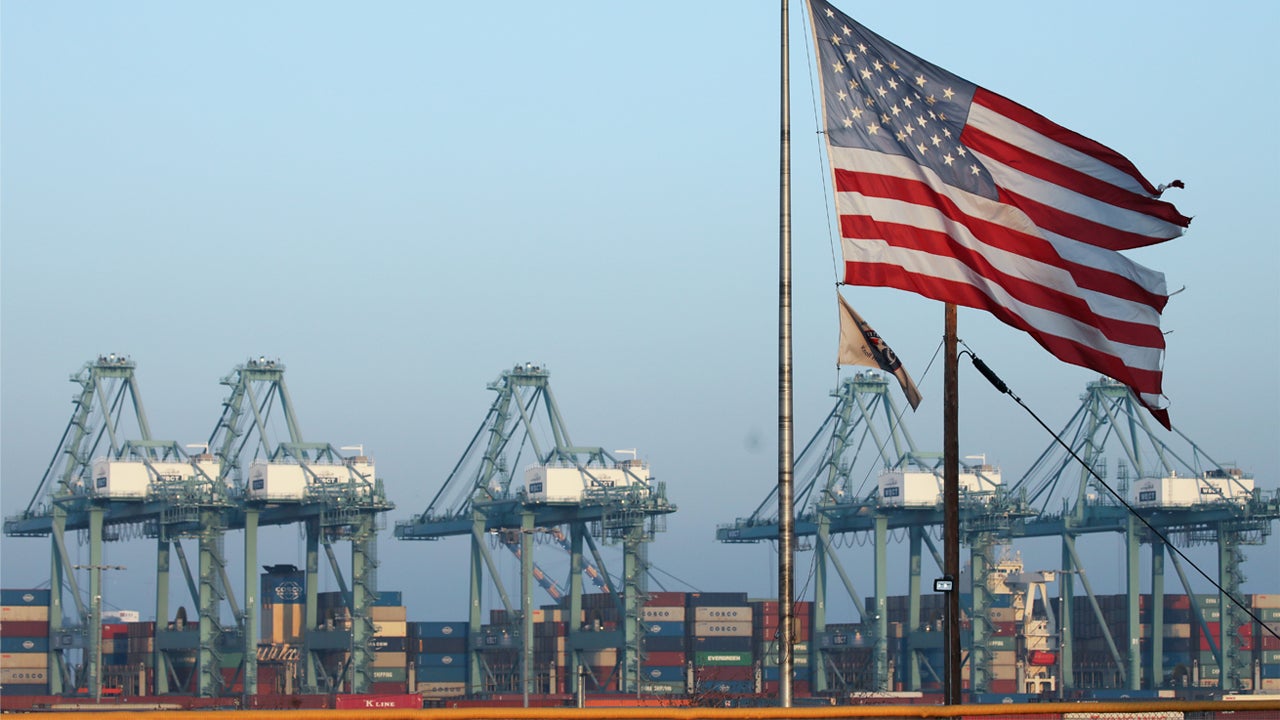
Economy Upbeat US economy
Part 1/3: Strong enough to derail trade war angst?

After a decade of extraordinary monetary policy, central bankers are trying to find a path back to normality. But as Invesco's Dave Gluch points out, this is proving trickier than expected.
Chess players know that ‘Zugzwang’ is a term used to describe a situation where any move in one's turn will result in a weakened position. Global central bankers now find themselves in a similar place on their own chess boards after a decade of implementing extraordinary monetary policies.
In 2010, US Federal Reserve (Fed) Chairman Ben Bernanke wrote an editorial to explain the use of zero interest rate policy and quantitative easing, called 'Aiding the economy: What the Fed did and why'.
In the paper, Bernanke explained that these actions were consistent with the Fed's dual mandate to promote a high level of employment and low and stable inflation. He explained that the Fed’s actions would result in higher equity prices and lower interest rates that would propel economic growth by encouraging consumer spending and corporate capital investment. Fears of an inflationary spiral, he added, were misguided. The paper ended with Bernanke saying that central banks cannot solve all the problems on their own as they must have help from fiscal policymakers.
Seven years ago, at a speech in London, Mario Draghi, the president of the European Central Bank (ECB), more boldly followed Bernanke’s lead from two years prior when he said,
Mario Draghi, President of the European Central Bank (ECB)Within our mandate, the ECB is ready to do whatever it takes to preserve the euro. And believe me, it will be enough.
That famous statement is considered to have saved the euro and the eurozone at the time.
2019 now finds global central banks effectively trapped in the policies they created. Success was achieved in raising asset prices that are now at once-unthinkable levels. Yet, there is still insufficient real global economic growth to allow them to unwind these extreme policy measures. However, maintaining these policies will likely only lead to more price distortion and limits the ability of conventional policy tools to fight the next recession.
The plunge in stock prices during the fourth quarter of 2018, triggered by hawkish Fed policy, served as notice that you can easily implement these policies, but exiting from them is far more difficult.
The current predicament stems from an approach that has long tried to make financial markets the engine of economic growth instead of allowing the economy to be the driver of asset prices. Now that it has become clear that these policies have not worked as intended, central bankers have begun to bemoan a lack of inflation as the principal culprit of the economic malaise.
Compounding the deflationary challenge is the growing level of global debt that is likely the true catalyst behind central bankers’ demand for higher inflation. Unfortunately, raising prices is not a path to prosperity; rather, it is higher real growth that is required as a higher cost of living will likely only lead to more economic pain, voter frustration, and political division.
The greater irony across central banking is that the Fed is the one entity that has ostensibly succeeded in achieving its mandate given the strength of US employment and the level of inflation; however, the Fed’s miscalculation was on the impact its attempt at unwinding these policies would have on foreign markets and their economies.

Part 1/3: Strong enough to derail trade war angst?

Will the US economy be derailed by a tariff war and what are the implications for China? Can employment and interest rates return to normal in the eurozone?

Part 3/3: Are trade woes the only headwind facing China?

